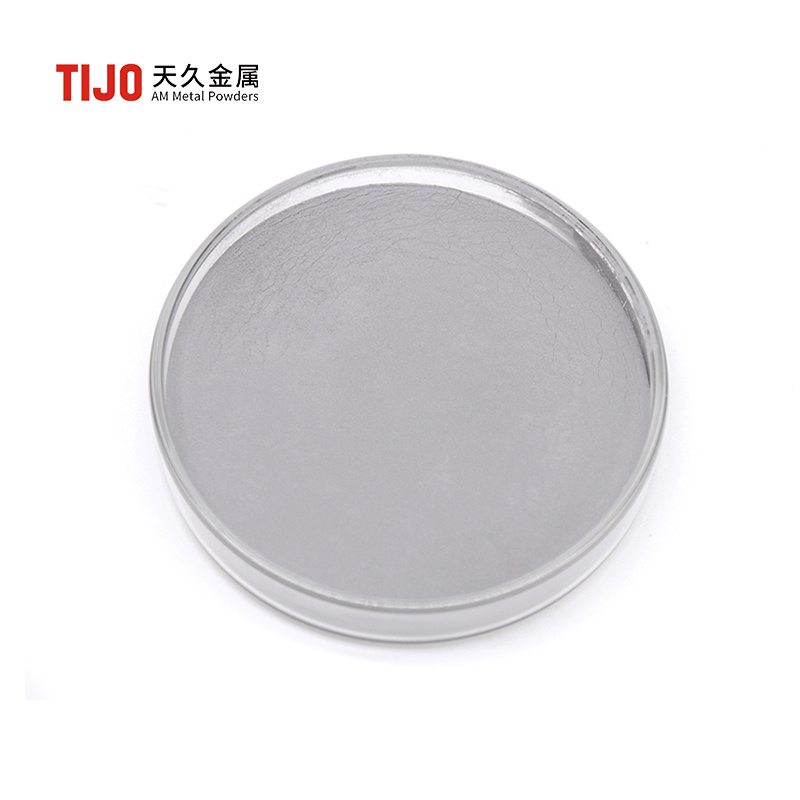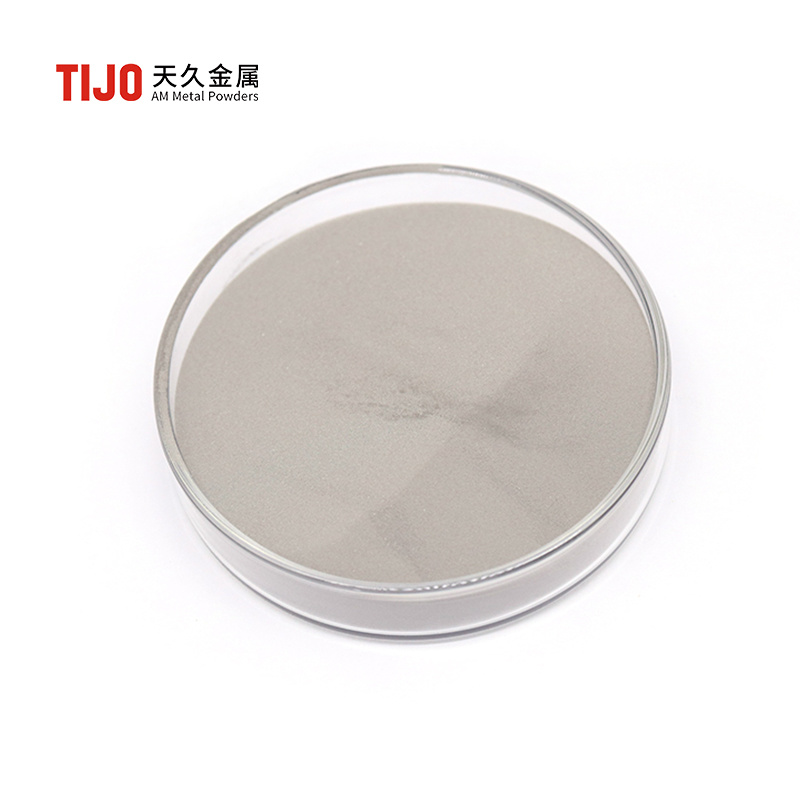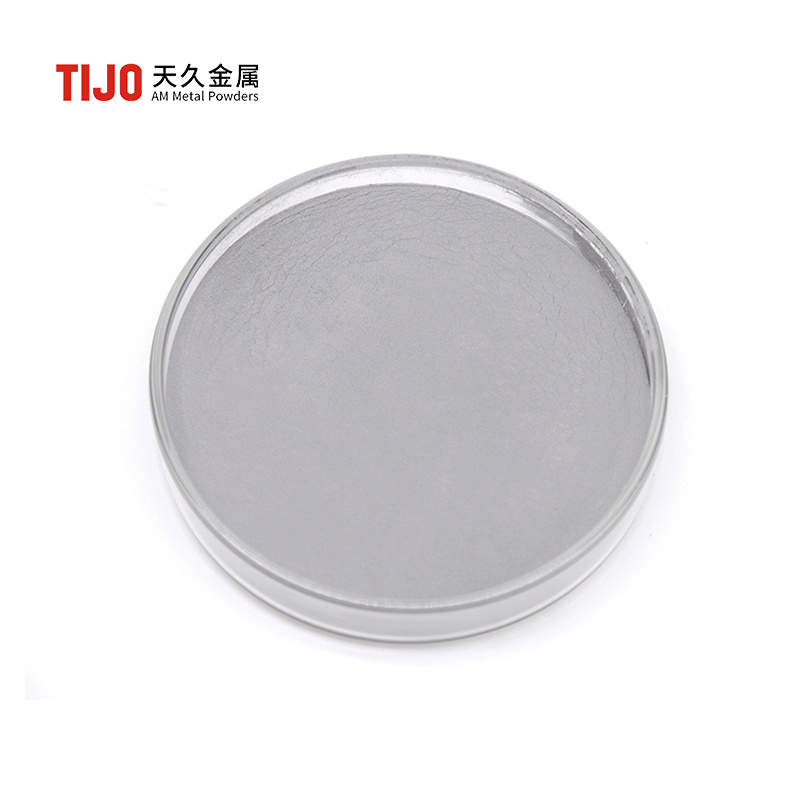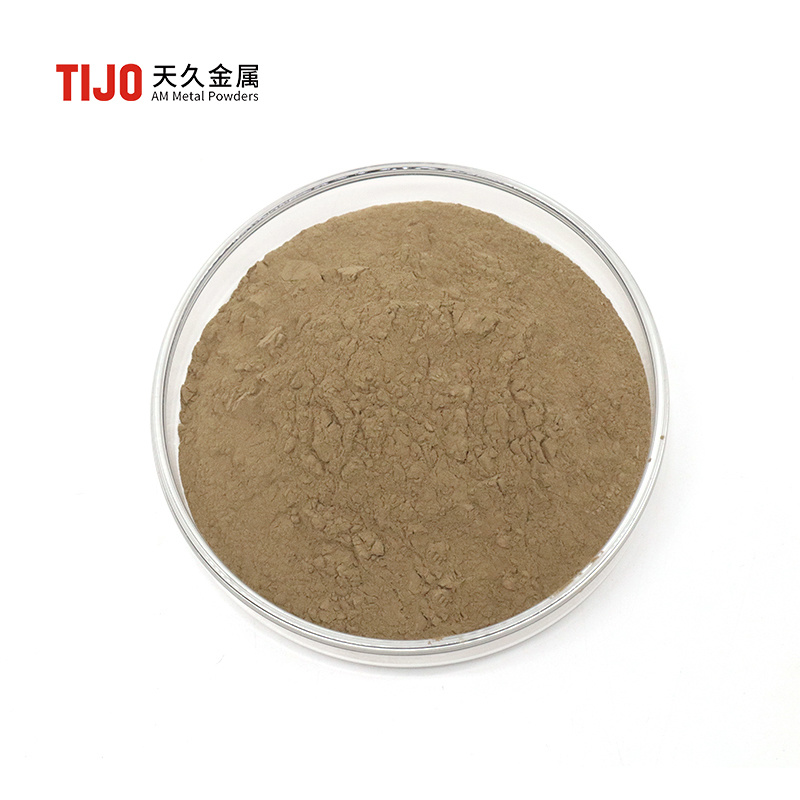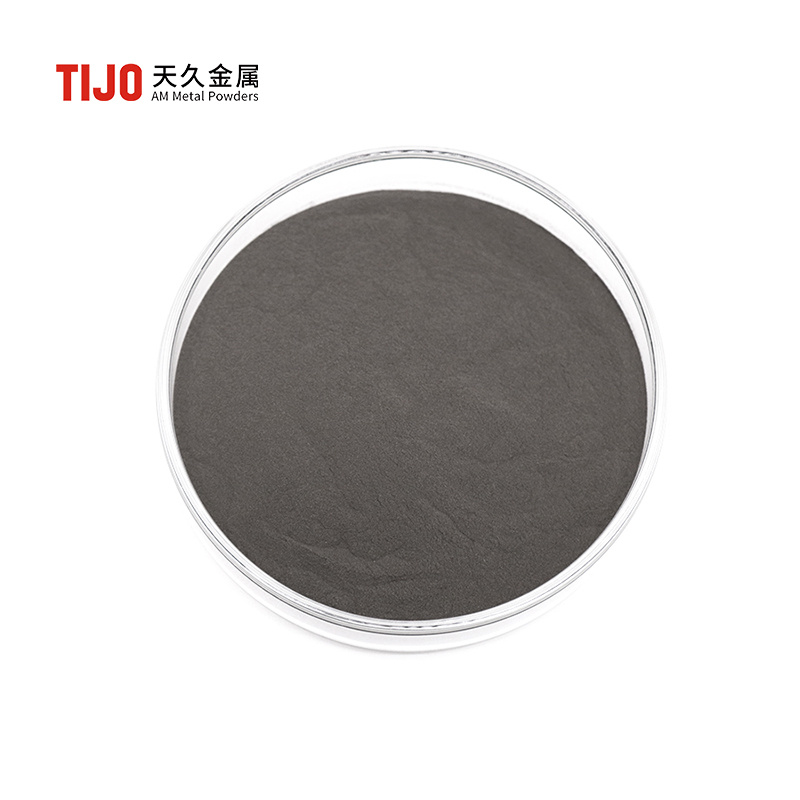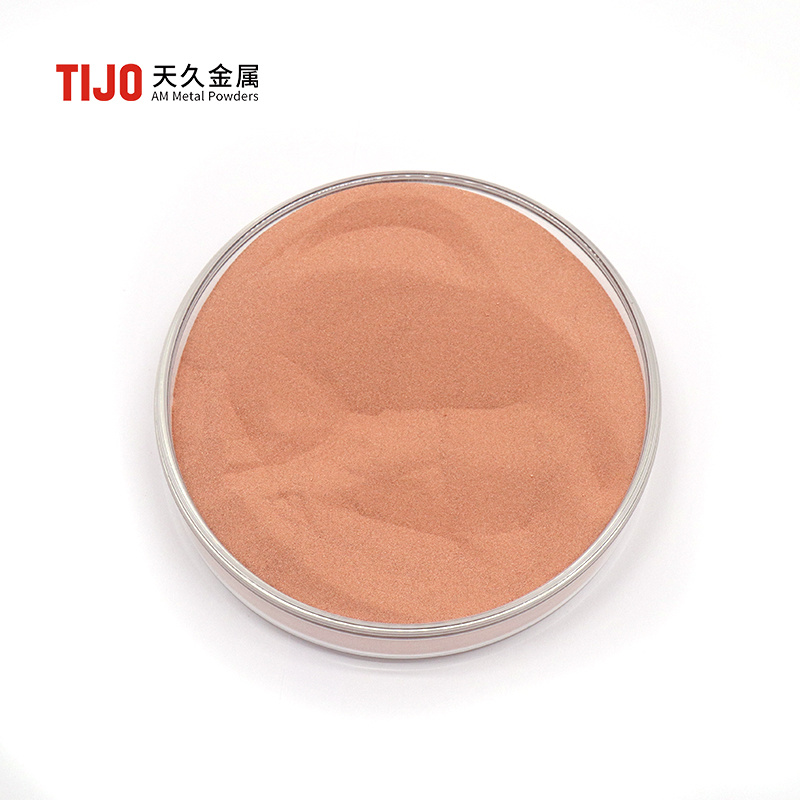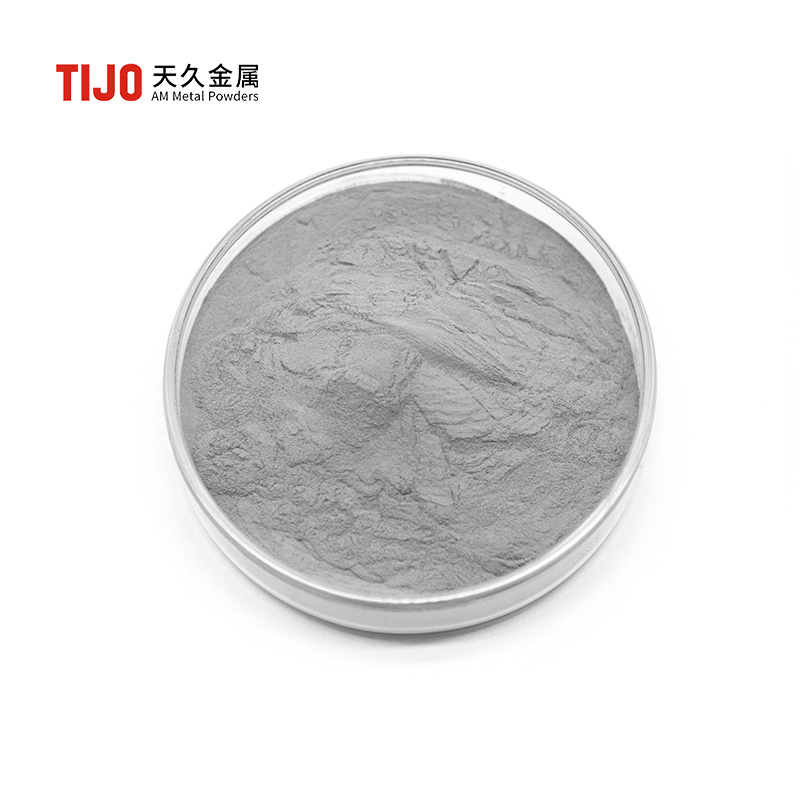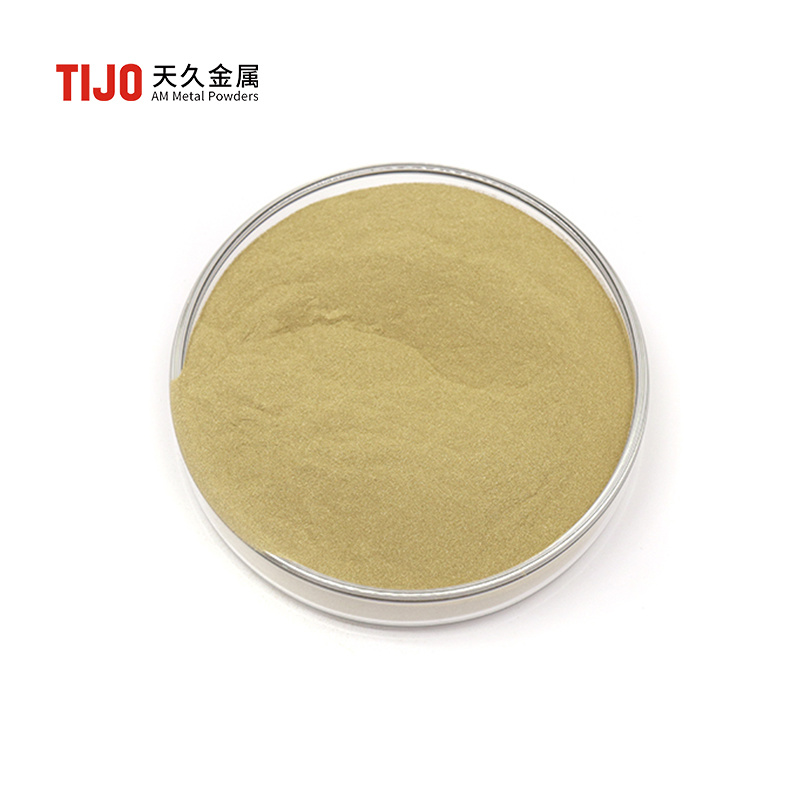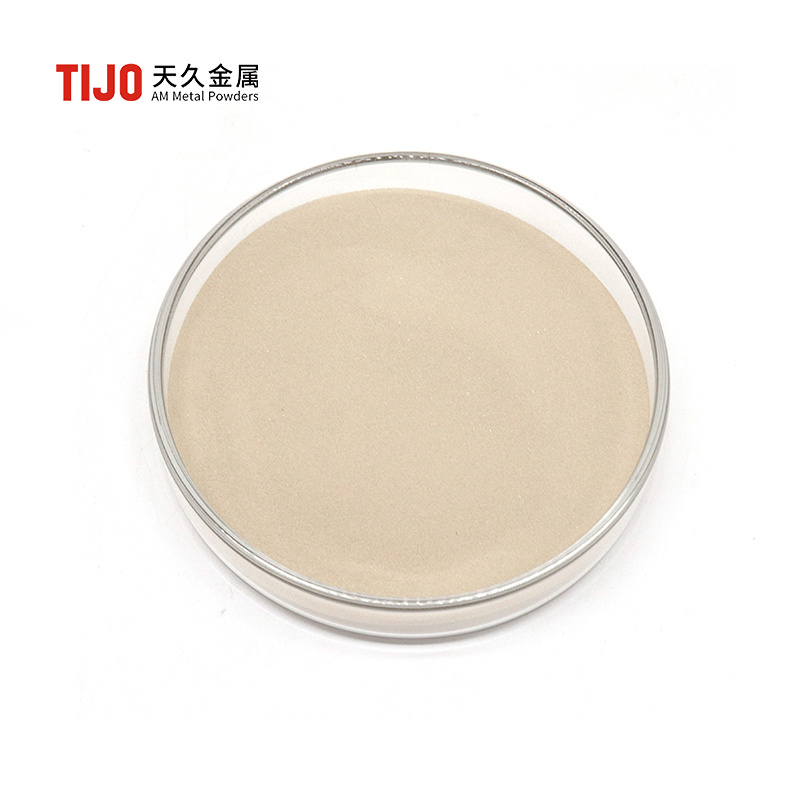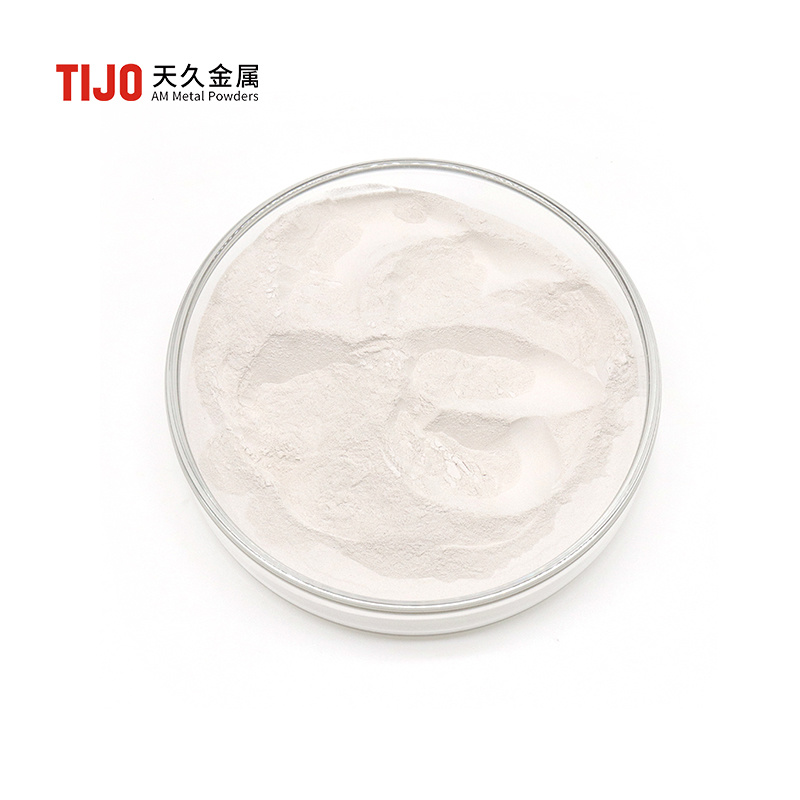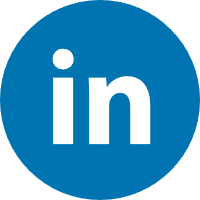Gas atomization process, spherical powder, low oxygen content, uniform particle size, super fine powder, high density, good liquidity
Gas atomization process, spherical powder, low oxygen content, uniform particle distribution, high density, good flowability
Gas atomization process, spherical powder, low oxygen content, uniform particle distribution, ultra-fine powder, low density, good flowability
Low melting point, good compactability, easy sintering; excellent strength、thermal conductivity、wear resistance 、color and lustre
Electrolytic refining, high purity, excellent electrical conductivity, corrosion resistance and figurability
1. High Purity: Purity ≥ 99.9%, low impurity content, and stable performance. 2. Uniform Morphology: Sphericity > 95%, smooth surface, and excellent flowability. 3. Controllable Particle Size: Supports customized particle size distribution from 1 to 50 μm (D50 optional). 4. Low Oxygen Content: Oxygen content ≤ 0.1%, with strong antioxidant capability.
Gas atomization process, spherical powder, low oxygen content, particle size controllable, low density
1.Lightweight and high-strength: Low density (approximately 2.68 g/cm³), balanced strength and toughness. 2.Heat-resistant and fatigue-resistant: Maintains good mechanical properties at high temperatures, suitable for heat dissipation structural components. 3.Excellent formability: High sphericity powder, good fluidity, printed part density ≥99%. 4.Simple post-processing: Supports secondary processing such as heat treatment, machining and surface polishing. 5.Environmentally friendly and safe: Complies with industrial environmental protection standards and releases no toxic substances.
Widely used for welding between ferrous and non-ferrous metals, it has good fluidity and wettability, a smooth surface, high joint strength, and an appearance color that matches stainless steel, making it an ideal replacement for Cd-containing brazing materials.
BAg-8 eutectic solder has a relatively low melting point, with solid and liquid phases close to each other, no crystallization gaps, and good thermal and electrical conductivity of the weld seam. The solder is clean, does not contain high vapor pressure or volatile elements, and has good processing performance.
1. Active Brazing: Titanium element breaks the oxide film, achieving high-strength metallurgical bonding between ceramic and metal. 2. High Heat Resistance: The brazing seam can withstand temperatures above 600°C, with excellent thermal shock resistance. 3. Morphological Adaptability: Powder form: ultra-fine particle size, high purity, suitable for precision preset processes. Paste form: contains low-volatility organic carriers, uniform coating, suitable for welding complex structures. 4. Strong Wettability: Excellent wettability to alumina, aluminum nitride ceramics, and refractory metals.
1. Ultra-high purity: Silver content ≥99.95%, total impurities ≤500 ppm 2. Spherical morphology: sphericity >95%, good fluidity, suitable for screen printing, spraying and other processes 3. High conductivity/thermal conductivity: volume resistivity ≤1.6 μΩ·cm, thermal conductivity ≥420 W/(m·K) 4. Controllable particle size: standard particle size 0.1-20μm (customizable), low specific surface area, high sintering activity 5. Oxidation resistance: surface coated with anti-oxidation layer (optional), extending storage and processing stability



